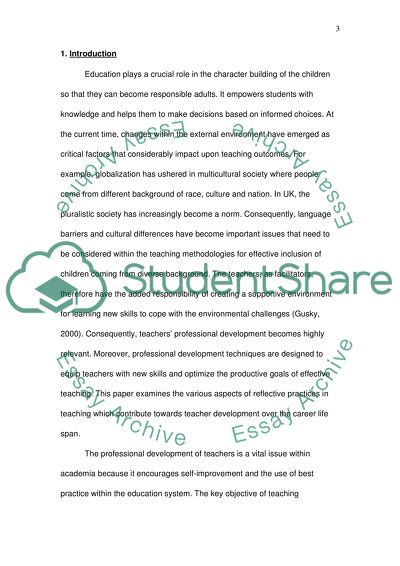Cite this document
(“How Reflective Practice Promotes Personal And Professional Development Essay”, n.d.)
Retrieved from https://studentshare.org/education/1404426-how-reflective-practice-promotes-personal-and-professional-development-of-teachers
Retrieved from https://studentshare.org/education/1404426-how-reflective-practice-promotes-personal-and-professional-development-of-teachers
(How Reflective Practice Promotes Personal And Professional Development Essay)
https://studentshare.org/education/1404426-how-reflective-practice-promotes-personal-and-professional-development-of-teachers.
https://studentshare.org/education/1404426-how-reflective-practice-promotes-personal-and-professional-development-of-teachers.
“How Reflective Practice Promotes Personal And Professional Development Essay”, n.d. https://studentshare.org/education/1404426-how-reflective-practice-promotes-personal-and-professional-development-of-teachers.


